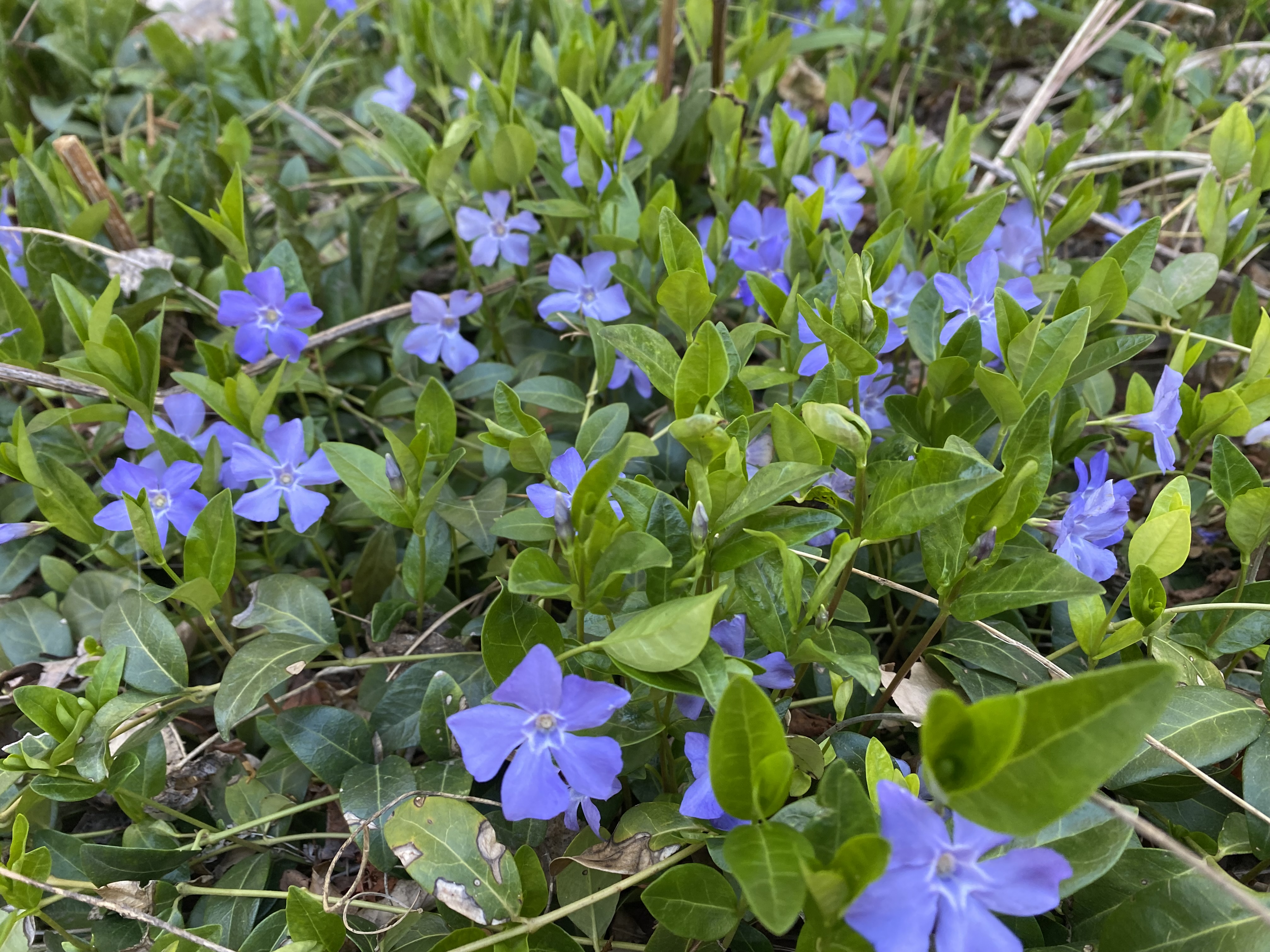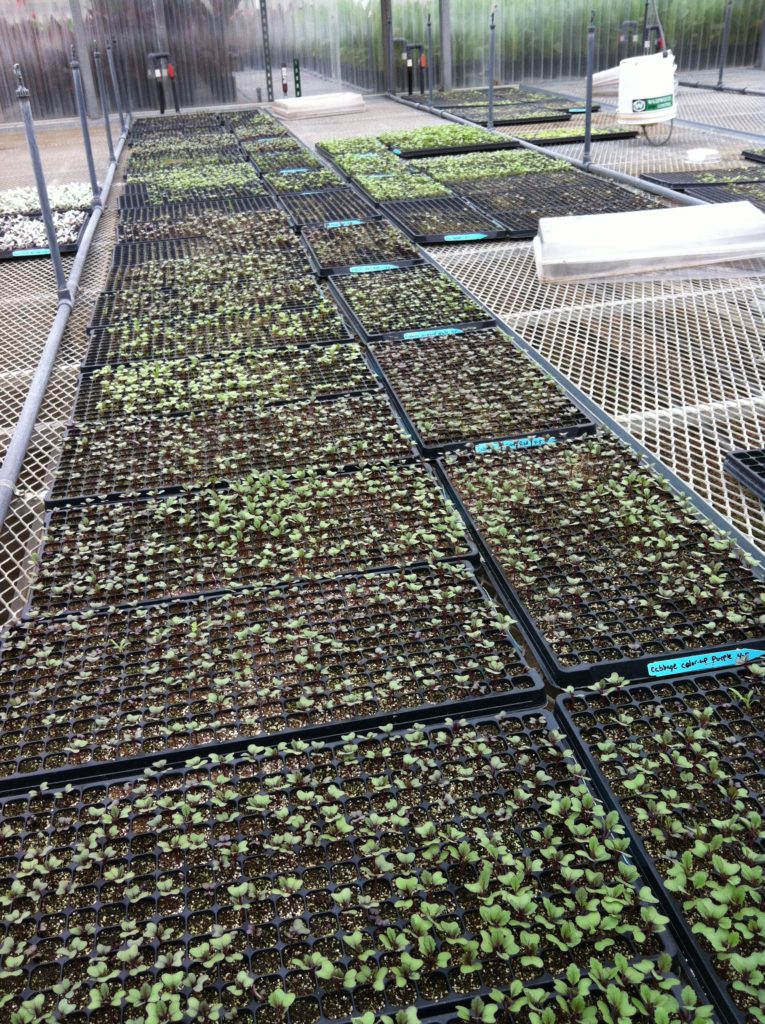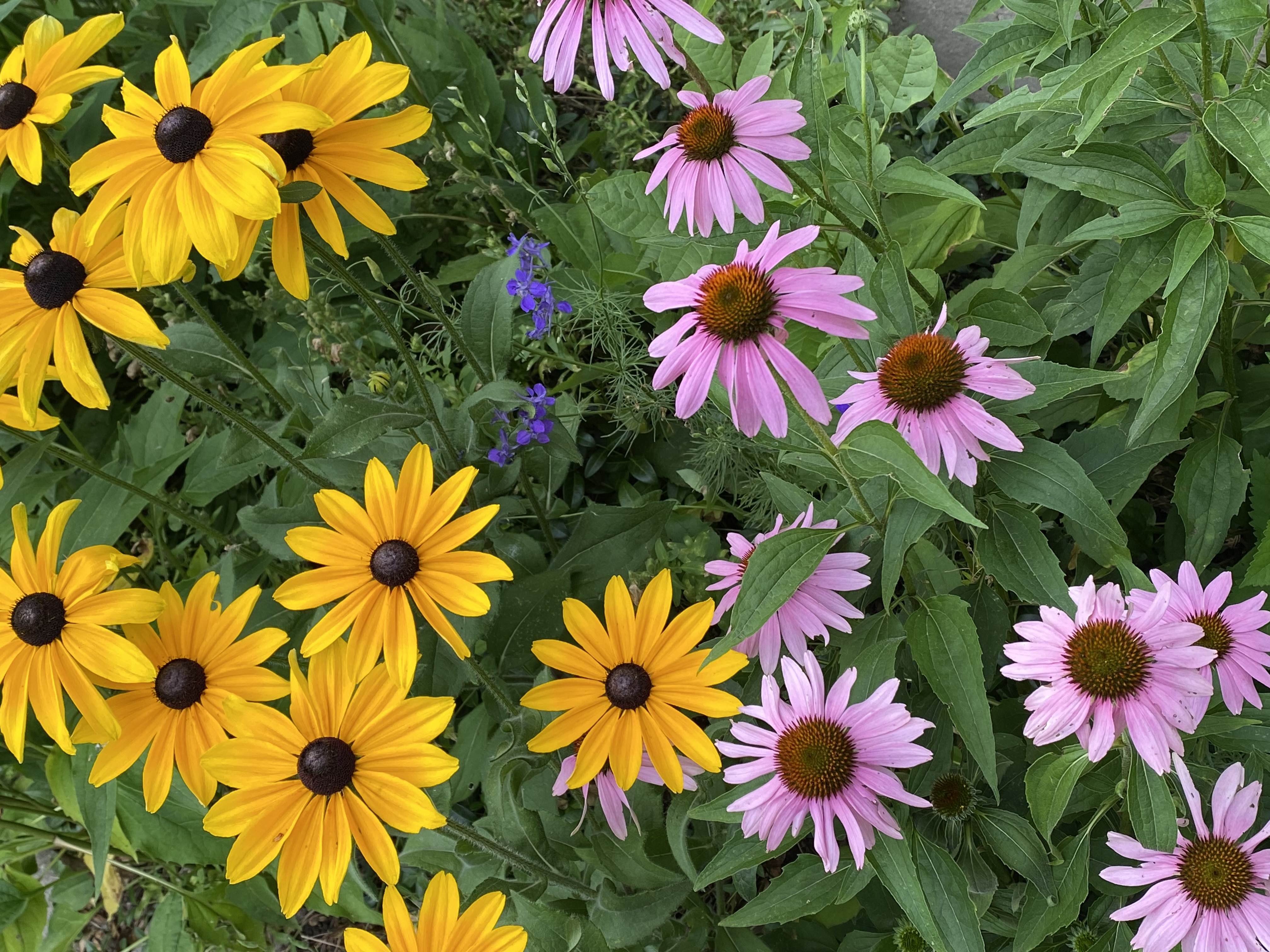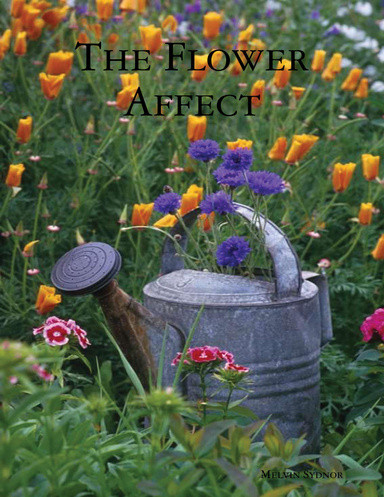
The Vinca, commonly known as periwinkle, is a genus of flowering plants in the family Apocynaceae. It is native to Europe, northwest Africa, and southwest Asia. The plant’s name, derived from the Latin “vincire” meaning “to bind” or “to wind,” references its trailing and winding growth habit. Vinca flowers are known for their beauty and low maintenance qualities, making them popular in gardens and landscapes. They thrive in a variety of conditions, tolerating both heat and drought, which makes them a hardy choice for challenging climates. Cultivation of Vinca requires well-drained soil and can be grown from seeds or cuttings. It is best to sow Vinca seeds outdoors after all danger of frost has passed or start them indoors 10 to 12 weeks before the last frost date. With their rich history and medicinal properties, Vinca flowers not only add aesthetic value but also have practical uses in pharmaceuticals, particularly in producing anti-cancer drugs.






